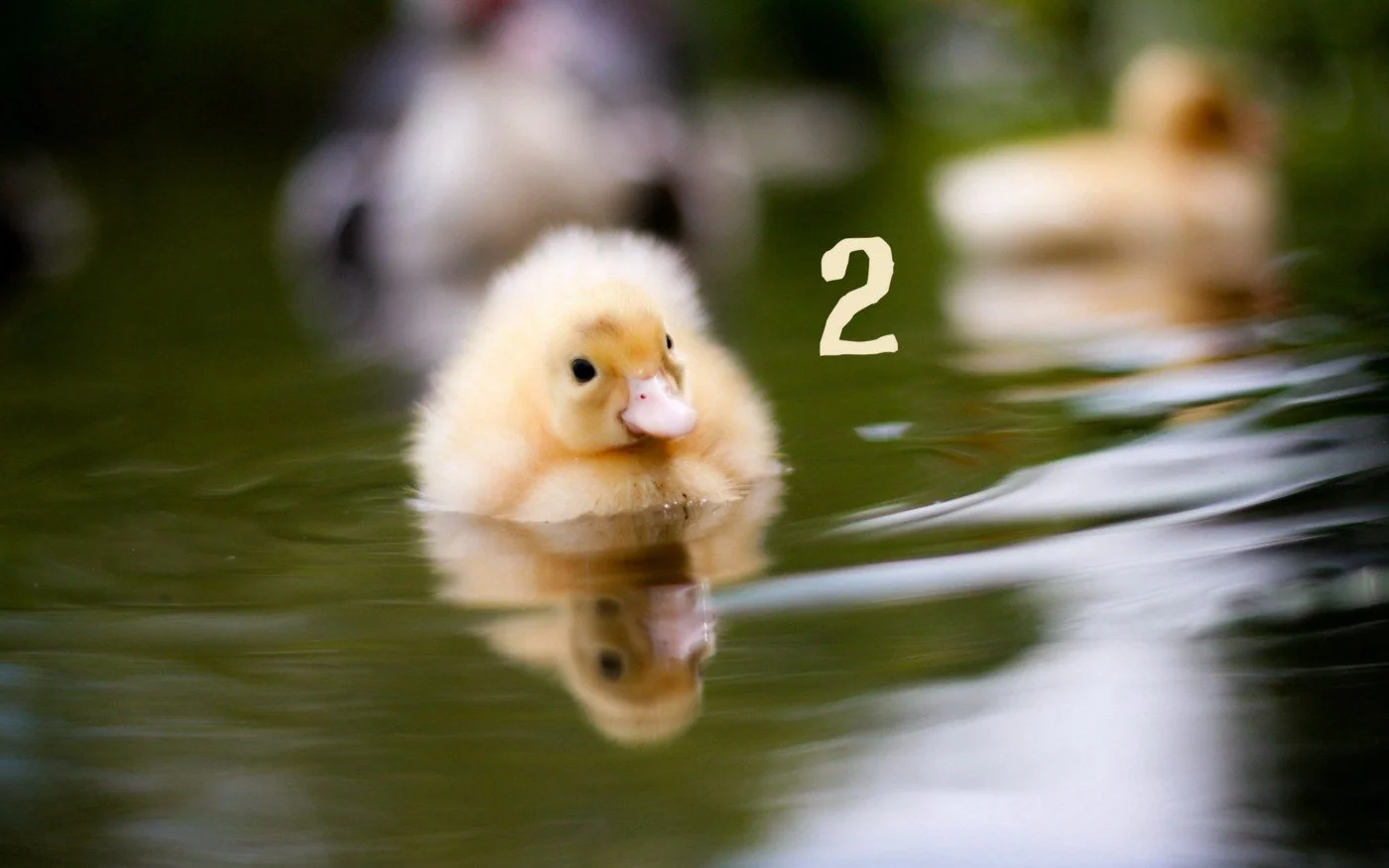Classic right?
They are pulling away all the time.
They shut down when you try to bring up a relationship concern.
They don’t respond to their messages in a timely manner.
They don’t meet your needs.
They don’t give you enough reassurance.
They don’t tell you they love you enough.
(click the title to read the rest)
Note: I use the word “narcissist” as an illustration only, not as a definition for someone. This post is more related to avoidant attachment style)
Someone comes into my field, we connect, and I feel immense love for them. I express this love with an open heart… We share a period of deep Communion, sometimes nearly soul shattering!
As the days go on… I find it more and more difficult to continue giving love and affection at this level… It isn’t sustainable. I am just one person, and their need begins to feel like a deep well.
I have always refilled my own cup by spending time alone…withdrawing from the world. Giving myself the love and attention I need.
Click the title to read more.
In Love Letter #1, we looked at how the anxious attachers’ loss-prevention strategies are often the very things that *cause* the loss they’re so afraid of. We looked at it under an electron microscope, so you could see every psychological mechanism (and its impact on others) with excruciating clarity.
In Love Letter #2, we looked at how to do things differently, taking a sober look at how to manage the inevitable intoxication of the falling-in-love drugs, so that you can build a real foundation for your relationship that could last your whole life long.
And in Love Letter #3, we’re going to be looking through the electron microscope once again at just one small piece of the anxious attachment puzzle: our relationship to our own desires and needs.
Let’s jump in…
When we’re really young, we have SO many needs — my god, so many needs. In a “good enough” environment, those needs are mostly met, most of the time, and it’s fine. We don’t need perfection in order to be okay — great, even. But for most of us, there was one thing or another that we really needed, that our environment couldn’t consistently provide (eg. unconditional love, safety, attunement, encouragement, etc.), or there was some part of the environment that was fundamentally broken (eg. family, home, money, sexuality, etc.).
(click the title to read the rest)
Sobriety in the Spike & The Two Transformations
The central point of the first “Love Letter to the Anxiously Attached” was this: anxious attachers are wired up to have stronger feelings (sooner) and to bond deeper (faster) in the beginning of a new relationship. They also tend to rush into lots and lots of intimacy, which means that the need for consistency and security is probably going to come online sooner for them than it will for their lover — which is likely going to be more than that person (or the relationship) are ready for.
A lot of these responses are baked into the nervous system, so it really isn’t a matter of stopping it from happening. Rather, it’s about learning to maintain a degree of mindfulness while it is happening — just enough so that you can make different kinds of choices. I call it “Sobriety in the Spike.”
The “Spike” is that initial stage of relationship where you can’t stop thinking about them, where you’re willing the time to pass until you can see them again, where being with them is the most intoxicatingly pleasurable thing you can possibly imagine. It’s a surge of hormones and neurotransmitters that are doing precisely what they were evolutionarily designed to do. Thing is, the Spike isn’t “like” drugs, it IS drugs, and there are some highly predictable ways that they will distort your perception of reality and compel you do all kinds of things you wouldn’t ordinarily do.
(click the title to read more)
A baby boy is born to a young mother and a father, and his father sees that “his hands are almost as big as his head!” He thinks to himself, “yeah, he’s got my genetics.”
The mother and father have come from homes that do not talk about weakness, only success and accomplishment. He loses his cool one day and begins to hit his wife while she takes the punches with one arm and shields the infant boy with the other from the violence. The baby’s mind is soaking in all this unconsciously, and he learns implicitly that the world isn’t safe...little does he know the father also beat her when she was pregnant with him as well. Each event releases excess cortisol within that infant, hindering healthy brain development and setting the stage for perceiving the world as a dangerous place. ...but we all know in this small town that this baby will be okay. After all, “he has such great genetics!”
Click the title to read the rest.
Maybe it's over lackluster date nights. Maybe it's about intimate or difficult conversations. Maybe its romantic gestures. Maybe its verbal affirmations.
Whatever the case may be, our dissatisfaction can only be held on to for so long before it seeps out and tarnishes the surrounding environment. It feeds a divisive, resentful, contemptuous atmosphere. It doesnt matter what the desire is, or how valid it is to desire (which it usually is very valid!).. it matters that our deep inner culture of dissatisfaction will erode any potential for improvement, and invite only further dissatisfaction to the party.
When we look at the different core wounds of the AP and DA characters, it can often be described as :
The way these characters demonstrate protection of those core wounds, can often look like hypervigilance and hypersensitivity to anything that resembles those core types of pain. Where they branch apart, is often in how they address that hypersensitivity.
Click the title to read more.
After reflecting on the feedback on my part 1 of this post, I believe there’s a lot of interest in revealing the secret strategy to having our needs met by our dismissive leaning partners. A sort of "How To Ask So We Get a Yes" guidebook. A script to follow to override our partners avoidant reluctance.
I sense there will be a fair bit of disappointment when I confess .. that's not what I have prepared for you. I can't write out any special vocabulary to guarantee you will see affirmative action. There are no secret cheat codes to hack into the hidden core of needs-meetingness in our partners. I cant give you a password to unlocking whatever form of connection your partner has been "withholding".
I'm here to help us AP leaning folks take a look inward, to find the REAL gateway to sustainable progress, so we can experience the fulfillment we deserve and desire. Stay with me, I promise this gets better ♡
Within each of us exists a small fragment of person, representing our innermost childlike persona. Whatever joyful childlike wonders, whatever most natural desires, whatever most innocent fears, and whatever unresolved trauma we carry from our formative years, we retain within this persona. Being disconnected from this "small inner us" doesn’t remove them from the equation, it just blocks "big outer us" from perceiving and acting on what they need us to do. Adult attachment is this "small inner us", in action. (Yes, dismissive types have a "small them" tagging along too, but very rarely is that persona accessible for them in the early stages.)
Click the title to read more.
The above is an amazing breakdown of the phases/stages of the journey to secure. I'm paraphrasing here but it generally follows as such...
1. Unconscious Insecurity
2. Conscious Insecurity
3. Conscious Security
4. Unconscious Security
And its REEEEAALLY important to know where you land when engaging with others.
What does this mean?
If you're at level 1 and 2, you are almost certainly still a slave to your attachment wounds and reactions.
At level 1, unconscious insecurity, you don't even know how insecure you are. You are literally unaware of the wound, and unaware of how these wounds effect your behavior. This means you are almost certainly REACTIVE vs. RESPONSIVE. This means the stories and beliefs your attachment wound has created are running the show, and its likely you'll be triggered by anything or anyone who hits your pain points in just the right way. You will be an endless train of emotional reaction.
(click the title to read the rest)
(this was originally posted on the Attachment Community Facebook Group)
I’ve recently been seeing many people commenting on Dismissive Avoidants (DAs) not caring about emotions, and being completely indifferent to processing anything with their partners. I just wanted to provide my own view of this, in the hopes that this might provide another dimension of understanding here.
Superpowers emerge when we go into the places where the insecurities of our attachment systems (the most sensitive parts) have over-compensated to survive, and we begin healing these parts of ourselves. We uncover the power in the deep sensitivity of these areas, and then allow the richness of wisdom here to flow through our lives.
So, while the Anxious attacher's superpower is in the realm of empathy and the Avoidant attacher's is about intellectual understanding, the Disorganized attacher's superpowers are all about somatic/primal awareness.
We’ll cover all three here.
(click the title to read the rest)
Trying to emotionally balance on someone who is trying to do the same thing with you will usually lead to a very challenging balancing act.
This is normal.
Ever seen two acrobats balancing on each other? There’s usually a “base” and a “flyer”. There’s never two bases or two flyers balancing on each other.
The same is true emotionally with two people. It’s always much wiser to have a base (the most emotionally balanced partner) and a flyer (the person exploring their emotions) at any one time.
For three people, you’ll notice that in a counseling/therapy situation, the practitioner will always be a version of a “base” and the partners will either be a combination of base/flyer or flyer/flyer.
In other words, it’s CRUCIAL that there be enough balance in the system (either using at least one partner or one practitioner as the base) for a volatile/challenging situation to not become too dangerous.
Again, same as with partner acrobatics.
(click the title to read the rest)
Essentially growing a more secure attachment style comes down to create a stable life with stable relationships as well as increasing your inner stability through practices that support it:
- embodied practice (yoga/meditation/exercise)
- reducing addictive behavior (drugs/coffee/porn/etc)
- reducing clutter/distractions
- increasing self-esteem (the book "The Six Pillars of Self-Esteem" is great and has practices in it too)
Also you can look at increasing stability in 7 different areas:
- Physical (good/enough sleep/food/water/exercise)
- Spiritual (good/enough meditation, prayer, ritual)
- Somatic (good/enough movement, dance, etc practice that involve the 4 pillars of embodiment: touch, movement, sound, breath)
- Emotional (good/enough solid/secure/fulfilling/supportive/connection with friends/family/mentors/allies who are themselves preferably secure. Therapy is an example of a secure relationship with mentorship)
- Social (good/enough interactions with peers/community that make you feel connected to the world so you don’t isolate)
- Primal (good/enough engagements with nature and the world that allow you to feel and feed your inner animal)
- Intellectual (good/enough reading/conversations/learning that allow you to know yourself and others better over time)
(click the title to read the rest)
There are many great insights to be found in understanding the points in this video. However, I am continually concerned about this “pathology-focused” narrative we all seem to gravitate toward in this culture.
“What’s wrong with...fill in the blank.” We often find ourselves looking for what’s wrong with others, with ourselves, with the world. What about what’s right? What can we learn from our experiences? What can we learn from the perspectives different from our own?
I can guarantee that in the future we will look back on this time of focusing on “pathology” and what is “wrong with people” as a symptom of severe disconnection with our collective humanity.
Take the point casually mentioned in this video about making sure not to label a child a narcissist, because self-focus is a critical part of our development as human beings. What about those who missed critical parts of their development? Is it not an obvious correlation to make that adults who show these traits simply missed critical development as children? Is it not obvious that those who have less privileges of wealth, security, healthy role models, education, and reassurance will have some of these traits because they display more traits of survival?
(click the title to read the rest)
As I've been exploring Attachment Theory, I've been wondering how it applies to open relationships, polyamory, and non-monogamy.
AVOIDANT: People with an avoidant (insecure) attachment style tend to want less emotional intimacy and are particularly skilled at deactivating their attachment system. In a non-monogamous community, this would make them the ones who can most easily play the field without really getting attached/entwined, the most picky (especially for the fearful-avoidant subtype), the least likely to fall in love, and the most desiring to "not make long term commitments".
ANXIOUS: People with an anxious (insecure) attachment style tend to go for more (emotional) intimacy as a way to keep their attachment style constantly activated. You can see them as the non-stop passionate lover. In a non-monogamous community, this would make them the most likely to repeatedly fall in love, to have multiple lovers, and to have/create the most drama in their relationships. But because anxious also often means very focused on a single person, it might also mean this attachment style will have the hardest time with their person having other lovers.
(click the title to read the rest)
Welcome to my Attachment Theory Resources
Below you will find a variety of resources (tools, books, article, writing) about attachment theory.
You are free to use any of it as you as you give proper attribution to the author.
Now dive and dive deep, as the landscape of attachment theory is a rich new territory with much to explore!
Do you want to learn to become a Secure Attacher?
Truly, the solution to being in better more authentic relating where mutuality and emotional balance are present is to become more secure yourself. But this is a long journey with many pitfalls. Reach out to me to chat about taking the first steps towards happiness and fulfillment in relating!
(click the title to read the rest)
Welcome to the Dance of Anxious and Avoidant Relating!
FIRST, here is my resources blog post (tools/books/articles/writings) about Attachment Theory.
In the upcoming days/weeks/months, I will be populating this page with more information about developing your own secure attachment style, which is by far the most reliable way to create solid and stable and authentic relationships. For those of you who are anxious, avoidant, disorganized (with strategies of both anxious and avoidant), this is for you as you will often find yourself in an anxious/avoidant relationship dance/trap, and this is something that has been fascinating me for many years (both for having been —and still am — in them and for seeing others in them too. There are many layers, pitfalls, and challenges that await you, but I assure you, it is possible—and indeed, I could argue that it is what most people seek when they desire “the good life” that philosophy teaches us about.
(click on the title to read more)
Welcome to the Journey to Secure Attachment!
FIRST, here is my resources page (tools/books/articles/writings) about Attachment Theory.
There are many layers, pitfalls, and challenges that await you on your Journey to Secure, but I assure you, it is possible—and indeed, I could argue that it is what most people seek when they desire “the good life” that philosophy teaches us about.
But beyond philosophy— and morality, ie what is good/better/right as a way to achieve it-- the journey to a secure attachment style has to necessarily begin with the nervous system which, at any given moment, gives us a sense of how we feel about the world, the people around us, and our circumstances. In other words, it’s our nervous system which tells us whether we are securely engaged with reality, moment to moment to moment.
Click the title to read more!
by Crystallin Dion
My dear,
When you meet someone you really like, and when they make it clear that they really like you back, that's one of the best feelings ever (I get it). But if we’re being honest, you can sometimes be a bit quick to get physical, even to get sexual. Quick to be in a lot of communication, to spend a lot of time together, to use the language of “we, us, and our,” and “boyfriend” or “girlfriend." Quick to “choose” them, to call it a relationship, or partnership, or even love, and to peer all the way into a long and happy (imagined) future together.
Click the title to read the rest.
… from an attachment theory perspective
As I dive deeper and deeper into the world of attachment theory, there's one piece that has been especially intriguing to me.
Excitement and Boredom in relationships. What drives excitement in insecure connection? And why does security appear "boring" to those working with insecure wounds?
Here's some of what I've discovered.
(click the title for the rest of the article)
…and what might be done about it.
🖤Nearly everyone has experienced trauma or wounding in their lives. Left unhealed, this can lead to all kinds of behavior, choices, actions, emotional states, unconscious survival patterns and illnesses that end up lowering the quality of our lives and negatively impacting those around us.
🖤Every person on this planet has a different threshold for, and response to, traumatic events. What is traumatic for one person may go unnoticed by another. If it landed as traumatic to the person in question, then it was traumatic for them. Likewise, what can trigger this unhealed wounding is also different for each person. The fact that it may or may not make sense to you is irrelevant to the fact that, for them, they may be reliving unhealed wounding and may not even be aware of it.
Click the title to read the rest.




















